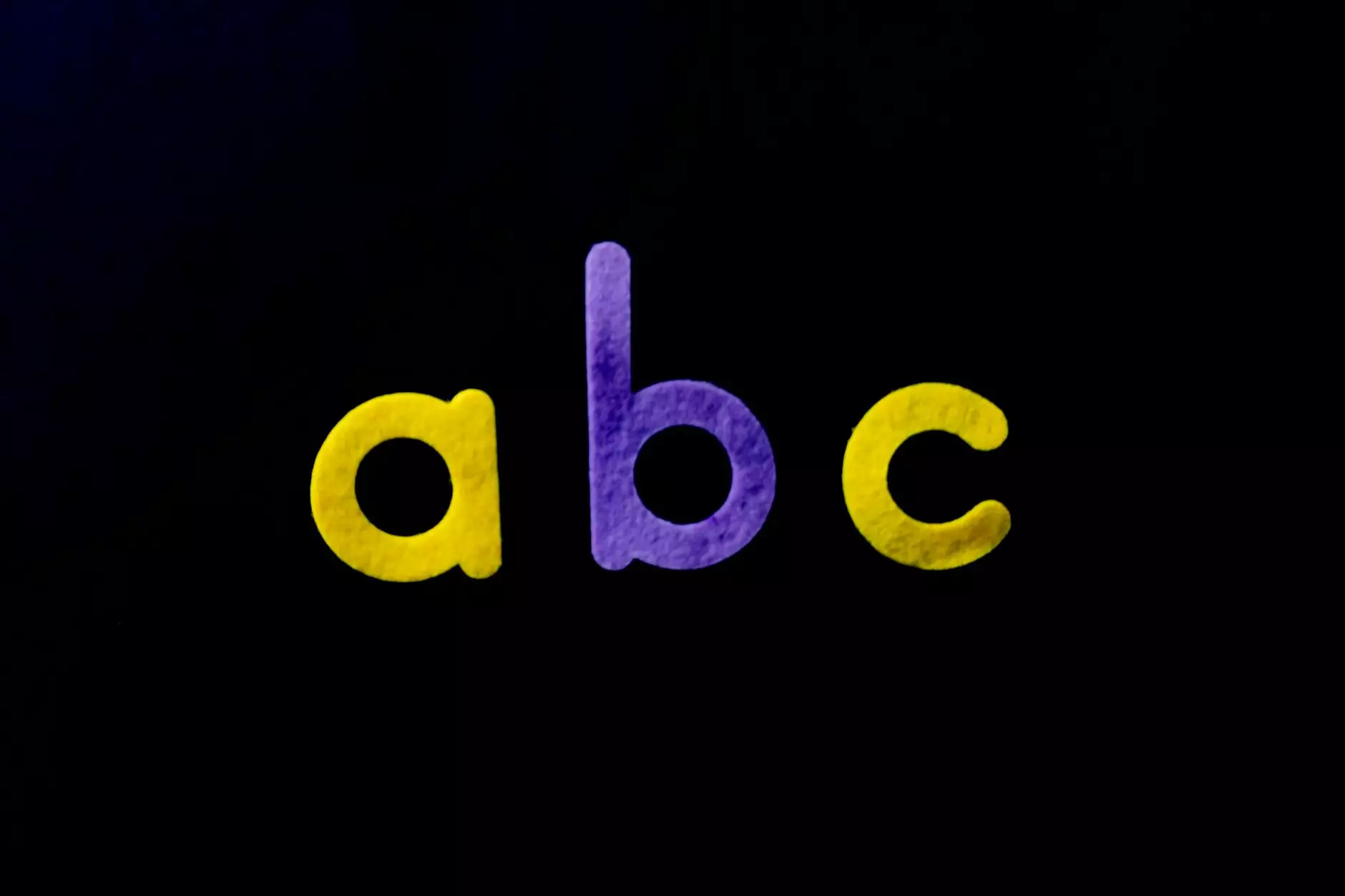Bibliography in MLA Style

Creating a bibliography in MLA (Modern Language Association) style is crucial to maintain academic integrity and credibility in your research papers. Properly citing your sources not only ensures that you avoid plagiarism, but also showcases your ability to conduct thorough research and provide evidence to support your arguments. In this comprehensive guide, we will walk you through the steps of creating a bibliography in MLA style, along with examples and tips to help you master this citation style.
1. Understanding MLA Style
Before diving into creating your bibliography, it is essential to understand the basic principles of MLA style. MLA style is commonly used in the humanities and liberal arts fields, such as literature, languages, and cultural studies. It provides a uniform format for citing sources, making it easier for readers to navigate and locate the materials you've referenced.
MLA style incorporates in-text citations within the body of your paper, along with a corresponding list of works cited at the end. Each citation should include specific elements, such as author's name, title of the source, publication information, and more. Adhering to MLA style guidelines ensures consistency and clarity in your citations.
2. Formatting Your Bibliography
The first step in creating your bibliography is setting up the correct format. Your bibliography should be titled "Works Cited" and positioned at the end of your research paper. The entire bibliography should be double-spaced, with a hanging indent for each entry. This formatting helps distinguish between different citations and makes it easier for readers to navigate your work.
3. Citing Books in MLA Style
When citing a book in MLA style, the format typically includes the author's last name, first name, title of the book, publication information (city of publication, publisher, year), and a medium of publication (e.g., Print, eBook). Here's an example:
Last Name, First Name. Title of Book. City of Publication, Publisher, Year.
It is essential to italicize the book's title and use proper punctuation, such as periods and commas, within the citation. You can also include additional information like edition numbers or translators if applicable.
4. Citing Articles in MLA Style
When citing an article from a journal or magazine, the format in MLA style usually includes the author's last name, first name, title of the article, title of the journal or magazine, volume and issue numbers (if available), publication date, and inclusive page numbers. Here's an example:
Last Name, First Name. "Title of Article." Title of Journal/Magazine, vol. X, no. X, Date, pp. XX-XX.
Ensure that you enclose the article title within quotation marks and italicize the journal or magazine title. Include any relevant page numbers and use proper punctuation to make your citations clear and consistent.
5. Citing Websites in MLA Style
With the proliferation of online resources, knowing how to cite websites in MLA style is essential. When citing a webpage, include the author's name (if available), title of the webpage or article, title of the website, publication date (if available), URL, and the date you accessed the source. Here's an example:
Author's Last Name, First Name. "Title of Webpage/Article." Title of Website, Publication Date (if available), URL. Accessed Day Month Year.
It is essential to provide accurate URL information, so readers can easily access the source you've referenced. Make sure to use proper formatting, such as enclosing the webpage/article title in quotation marks and italicizing the website title.
6. Using Citation Tools
Creating citations manually can be time-consuming and prone to errors. Fortunately, various citation tools are available online to automate the citation process. These tools allow you to input the necessary information, and they generate accurate MLA citations instantly. Some popular citation tools include EasyBib, Citation Machine, and Zotero. Utilizing these tools can save you time and ensure the accuracy of your citations.
7. Seek Further Assistance
Citing sources correctly is crucial, as it showcases your commitment to academic honesty and strengthens your research paper's credibility. However, if you still have questions or are facing challenges with creating your bibliography in MLA style, do not hesitate to seek further assistance. Reach out to your instructor, academic support services, or consult reliable resources like the MLA Handbook for further guidance.
Mastering MLA style citations takes time and practice, but with diligence, you will become proficient in referencing various sources. Utilize this guide as a reference and continue honing your skills to produce well-crafted research papers that reflect your academic excellence.
Remember, proper citations are not only a requirement but also an opportunity to demonstrate your expertise and contribute to the scholarly conversation in your field. Happy writing!










